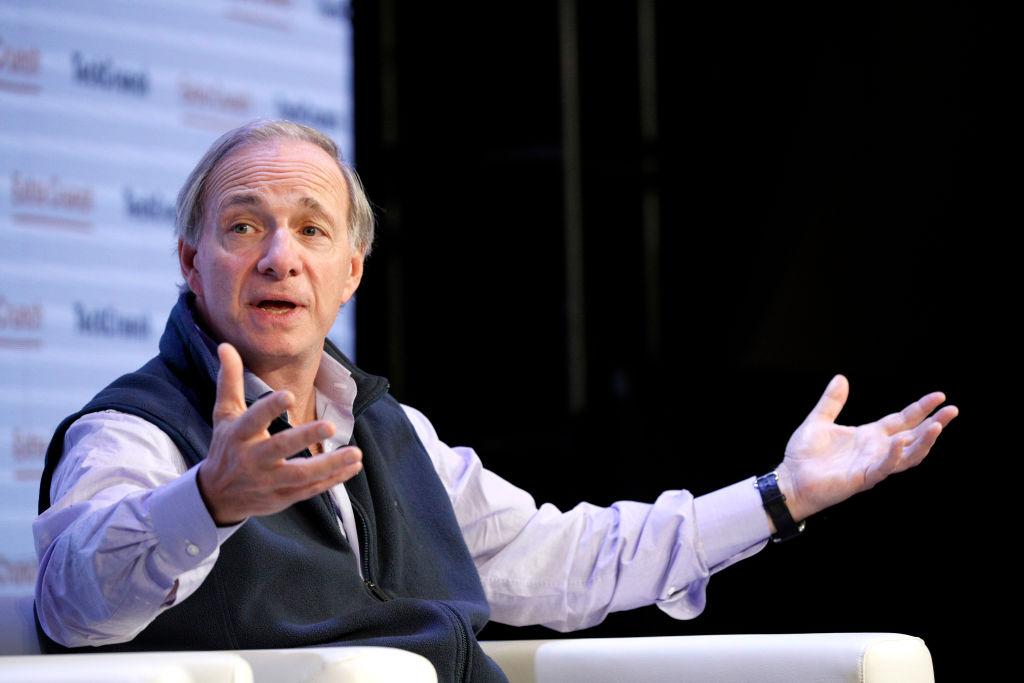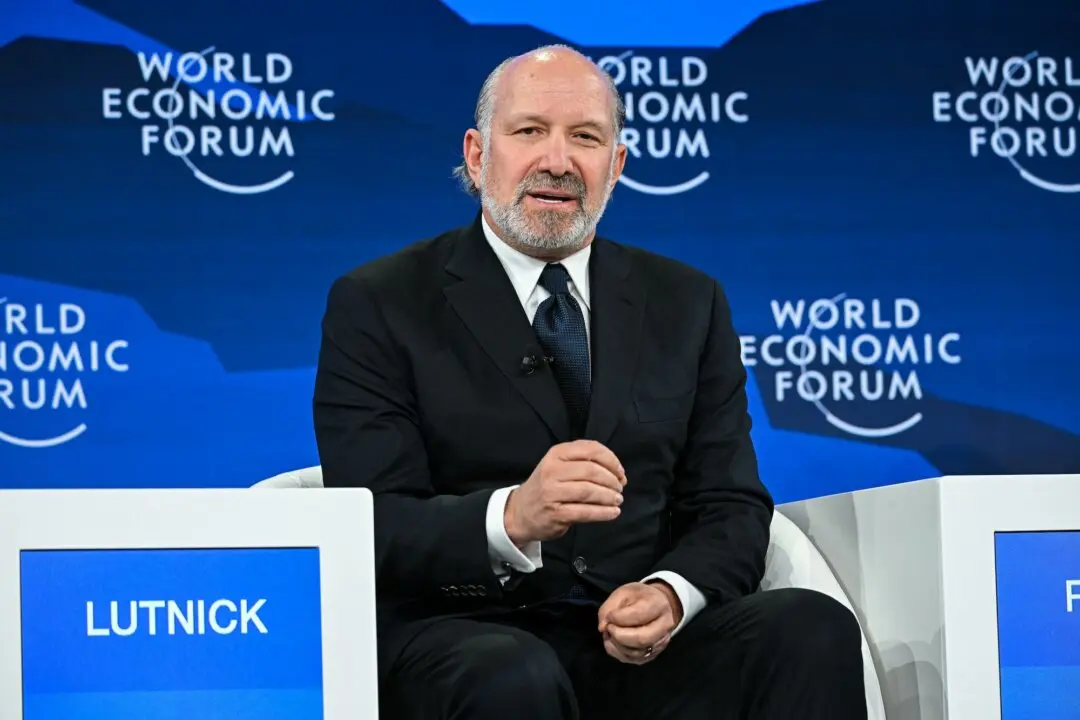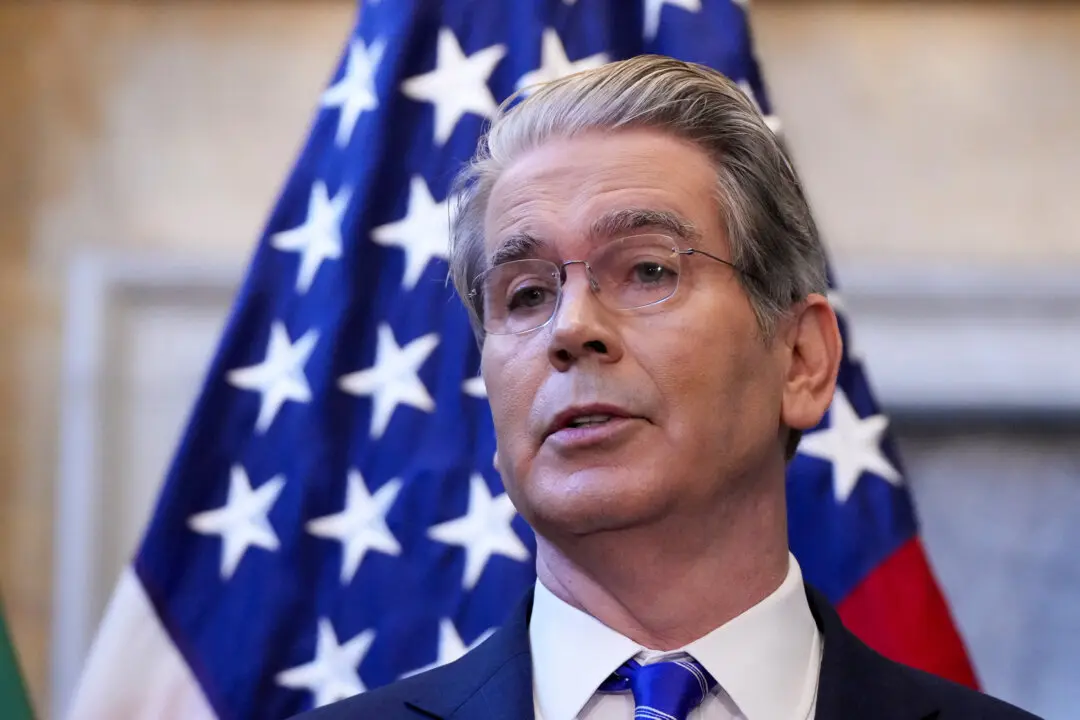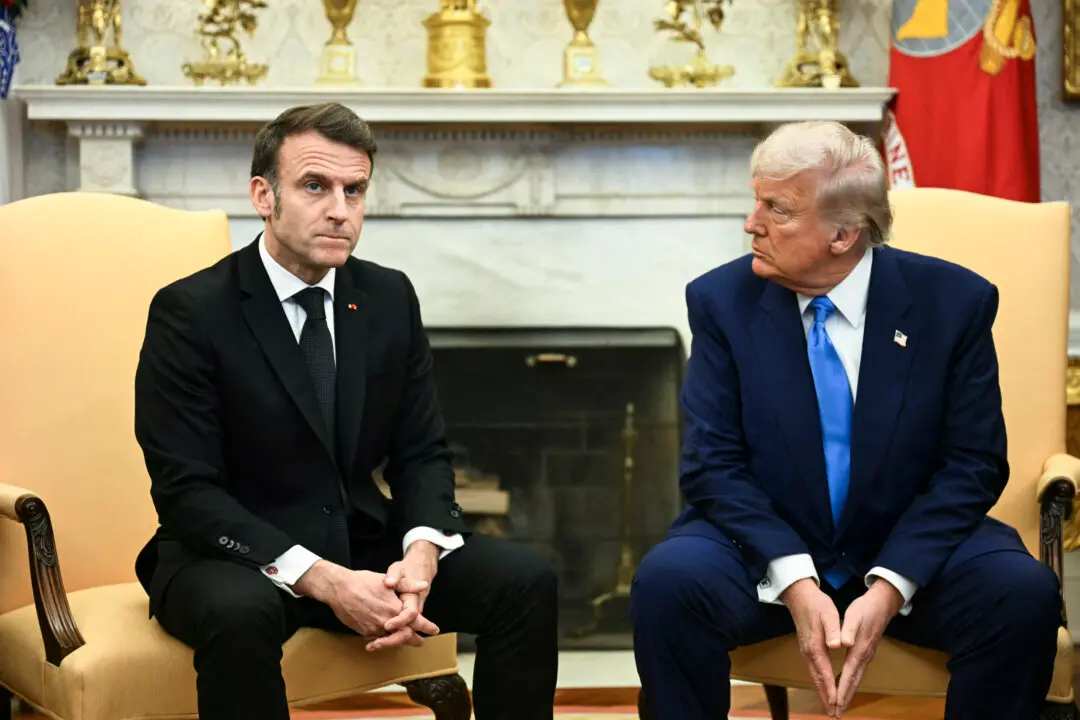The recent collapse of Silicon Valley Bank (SVB) has raised concerns among leading analysts and investors, with hedge fund manager Ray Dalio comparing the bank’s collapse to a “canary in the coal mine” in the venture capital sector and beyond.
Dalio wrote on March 14 in an open letter that the collapse of SVB was a classic bubble-bursting event that’s part of a short-term debt cycle that typically lasts about seven years.





